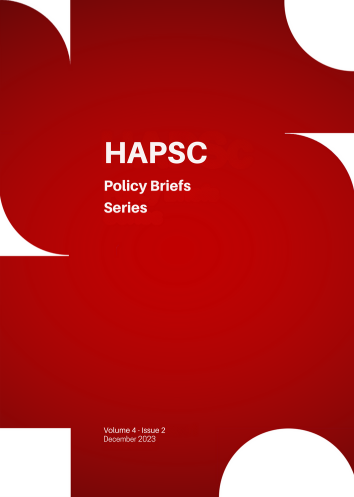Water Pollution and Children’s Health

Abstract
Water is the basic element for human survival and plays an important role to sustainable and socio-economic development, energy and food production, the preservation of healthy ecosystems. However, it is neglected, misused and undervalued as society does not protect it from various threats, climate change and pollution. The latter has affected freshwater sources, followed by an impact to children, as they are extremely sensitive to pollution. Most relevant water contaminants that affect are lead, pesticides, arsenic, perchlorate and nitrates. Addressing the problem and its components, the next step is to give answers to the issue outlining best practices and useful policy recommendations.
Article Details
- How to Cite
-
Ntokou, A., Kapeni, S., Papadimitriou, A., Lefkidou, K., & Tsalopoulou, S.-I. (2023). Water Pollution and Children’s Health. HAPSc Policy Briefs Series, 4(2), 8–17. https://doi.org/10.12681/hapscpbs.36655
- Section
- Articles

This work is licensed under a Creative Commons Attribution 4.0 International License.
Authors retain copyright and grant the journal right of first publication with the work simultaneously licensed under a Creative Commons Attribution License that allows others to share the work with an acknowledgement of the work's authorship and initial publication in this journal.

